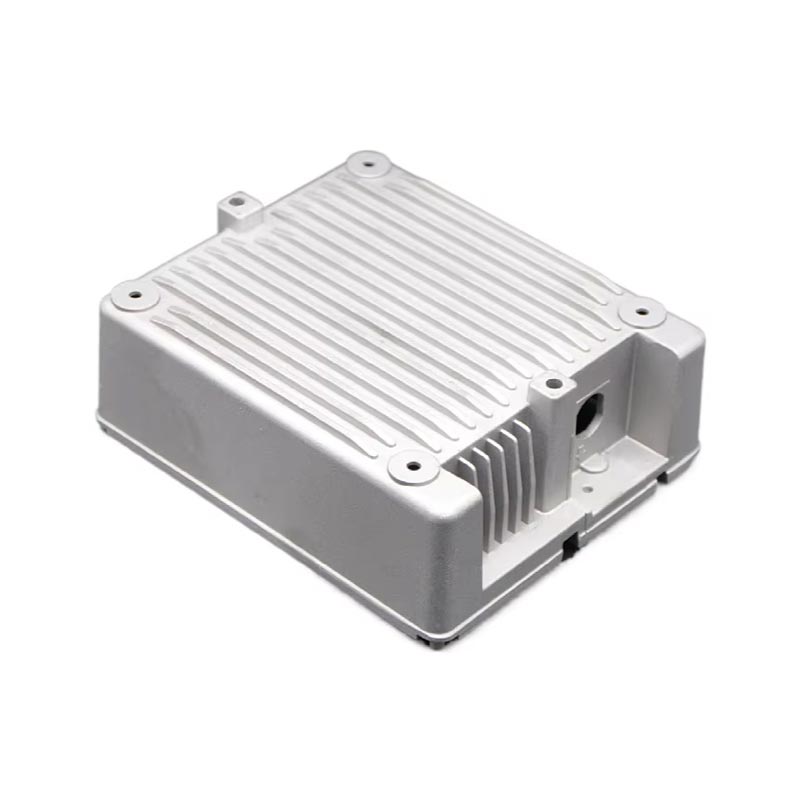
In 1838, die casting equipment was invented to make molds for movable type printing. The first patent related to die casting was issued in 1849. It was a small manual machine used to produce lead type for printing presses. In 1885, Otto Mergenthaler invented the Linotype typesetting machine, which could die-cast a whole line of text into a single lead type, bringing unprecedented innovation to the printing industry. After the printing industry entered large-scale industrialization, traditional hand-pressed type molds were replaced by die casting. Around 1900, the entry of typesetting into the market further improved the automation technology of the printing industry, so sometimes more than ten die casting machines could be seen in newspaper offices. With the continuous growth of consumer products, Otto's invention has gained more and more applications. People can use die casting to manufacture parts and products in large quantities. In 1966, General Dynamics invented the precision die casting process, which is sometimes also called double punch die casting.
